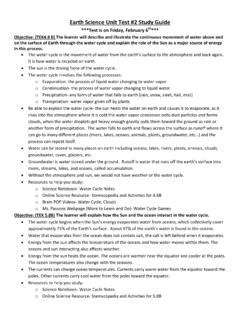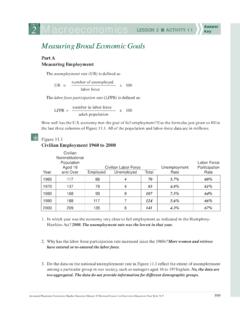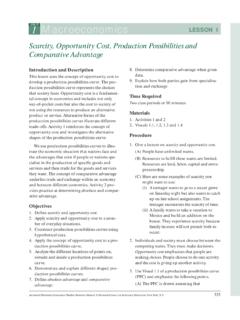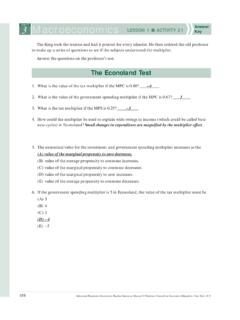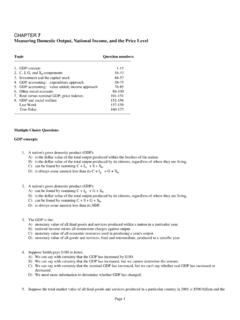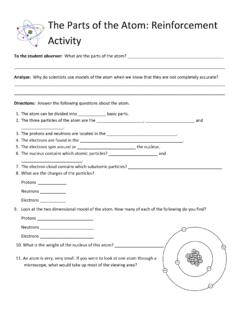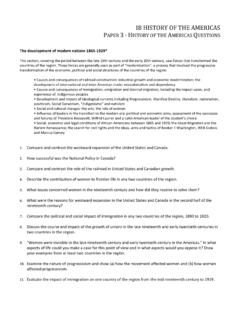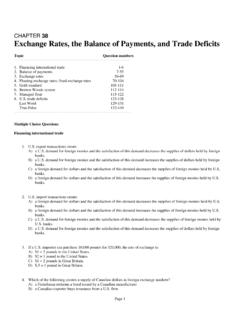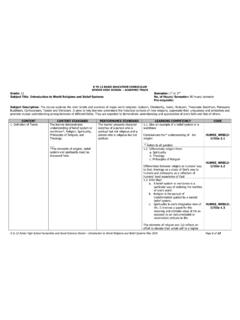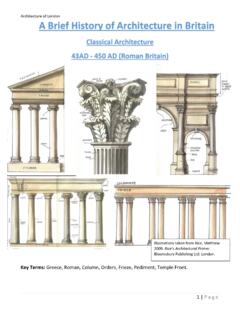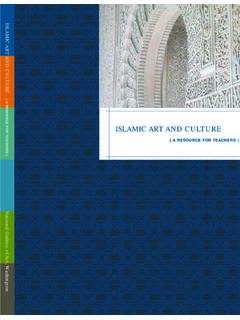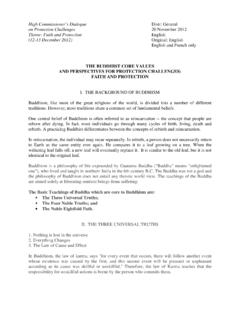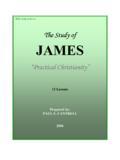Transcription of AP WORLD HISTORY Review Packet 600 to 1450
1 Page 1 of 10 AP WORLD HISTORY : Post-Classical WORLD (600 TO 1450 CE) Nature and causes of changes in the WORLD HISTORY framework leading up to 600--1450 CE as a period. Major events that caused change: Islam emerges; Islamic empire emerges Technological Revolution in China (Sung dynasty) Spread of Neo-Confucianism (in China) - mixture of Confucianism with some Buddhism Schism in christianity (when the east and the west churches divided into Roman Catholicism and Eastern Orthodox christianity ; they divided over the issue of icons) Camels in Sahara - increased trade Black Death - decimated Europe's population, political, and economic systems Italian Renaissance - began the dominance of Europe in culture Emergence of new empires and political systems Tang Dynasty (618 - 906) A merit-based bureaucracy -This system was well developed during the Han Dynasty, but the Tang made good use of it by recruiting government officials who were well educated, loyal, and efficient.
2 Although powerful families used their resources to place relatives in government positions, most bureaucrats won their posts because of intellectual ability. Mongols Caliphate System - religious leader and the political leader one in the same Feudalism - King; Lords; Knights; Peasants Continuities and breaks within the period ( the impact of the Mongols on international contacts and on specific societies): Why do historians think the following events created a new historical period? The Byzantine Empire remained a major factor. It held numerous different groups of peoples. Bureaucracy key to success - SIMILAR TO TANG The impact of the Viking raids - challenged Europeans to get better protection begins European feudalism; invaded rural areas rather than large towns and cities The Crusades - Europeans travel to Holy Land - creating a desire to Eastern goods -leads to exploration Mongolian empires - new group of "invaders" - from Mongolia.
3 Under the leadership of Genghis Khan Mamluk rule in Egypt (non-Arab slaves in Egypt who overthrew the Egyptians) The Islamic WORLD The rise and role of Dar al-Islam as a unifying cultural and economic force in Eurasia and Africa Islam was a unifying force in culture aspects of Eurasia and Africa - similar religion (Islam), similar language (Arabic), similar art (forbids art of humans so Page 2 of 10 has a lot of geometric designs. COMPARE TO EUROPEAN CATHOLICISM Islamic political structures, notably the caliphate Caliphate was a theocracy with the political and religious leader the same. It included Sharia (Islamic Law). Sultanate - monarch Islamic Arts, sciences, and technologies Art 1.)
4 Arabesque design - geometric designs; no human figures in art 2. Miniature painting in Persia 3. Poetry 4. Mosques with domes, pillars , and minarets 5. Knowledge of earth rotating on its axis and revolving around the sun 6. More accurate calendar than Europe's 7. Improved astrolabe 8. Medical treatises 9. Use of steel for swords 10. Contact with Chinese brought paper and printing to the Arab WORLD Math 1. Algebra 2. Arabic numerals (developed from Hindu mathematical symbols) 3. , decimal system 4. concept of zero Interregional networks and contacts Development and shifts in interregional trade, technology, and cultural exchange: Trans-Sahara trade Gold, ivory, slaves and spices from below the Sahara with salt, cloth, and metal ware from the Sahara Across the Sahara between North Africa and Europe beyond to West Africa Aided the rise of African empires and kingdoms in West Africa and spread Islam through West Africa Indian Ocean trade Slaves, ivory, gold, and iron from Africa; porcelain from China; pottery from Burma; cloth from India.
5 Major route between East Africa and Asia; made possible by the monsoons; traded with China through Arabs, Indians, Malayans, and Indonesians; lasted until 1400s when direct trade began Brought prosperity to East Africa through the development of trading networks into the interior of the continent; set stage for the rise of African trading cities such as Sofala and Kilwa; Swahili, mix of Arabic and Bantu languages; brought Page 3 of 10 Islam to coastal Bantu speakers Silk routes Silks and porcelain from China; woolen and linen cloth, glass, horses, ivory from other trading partners Silk Road from China across Asia to Middle East Spread Buddhism and christianity ; spurred European interest in finding a water route to China Missionary outreach of major religions Islam, christianity , and Buddhism all had missionaries traveling through Asia Contacts between major religions, Islam and Buddhism, christianity and Islam.
6 Islam and Buddhism - trade; peace Islam and christianity - Crusades; war Impact of Mongol empires Created the largest land empire in the WORLD Spread traits from other cultures Improved trade throughout Asia and eastern Europe Paper money, banking, and letters of credit Once areas were conquered a period of extended peace normally resulted THE IMPORTANCE OF THE MONGOLS The Mongol invasions and conquests of the 13th century are arguably among the most influential set of events in WORLD HISTORY . This nomadic group from Central Asia swept south and east, just as the Huns had done several centuries before. They conquered China, India, the Middle East, and the budding kingdom of Russia.
7 As it is, the Mongols established and ruled the largest empire ever assembled in all of WORLD HISTORY . Although their attacks at first disrupted the major trade routes, their rule eventually brought the Pax Mongolica, or a peace often compared to the Pax Romana established in ancient times across the Roman Empire. THE RISE OF THE MONGOLS The Mongols originated in the Central Asian steppes, or dry grasslands. They were pastoralists, organized loosely into kinship groups called clans. Their movement almost certainly began as they sought new pastures for their herds, as had so many of their predecessors. Many historians believe that a severe drought caused the initial movement, and that the Mongol's superior ability as horsemen sustained their successes.
8 Around 1200 CE, a Mongol khan (clan leader) named Temujin unified the clans under his leadership. His acceptance of the title Genghis Khan, or "universal leader" tells us something of his ambitions for his empire. Over the next 2 I years, he led the Mongols in conquering much of Asia. Although he didn't conquer China in his lifetime, he cleared the Page 4 of 10 way for its eventual defeat by Mongol forces. His sons and grandsons continued the conquests until the empire eventually reached its impressive size. Genghis Khan is usually seen as one of the most talented military leaders in WORLD HISTORY . He organized his warriors by the Chinese model into armies of 10,000, which were grouped into 1,000 man brigades, 100-man companies, and 10-man platoons.
9 He ensured that all generals were either kinsmen or trusted friends, and they remained amazingly loyal to him. He used surprise tactics, such as fake retreats and false leads, and developed sophisticated catapults and gunpowder projectiles. The Mongols were finally stopped in Eurasia by the death of Ogodai, the son of Genghis Khan, who had become the Great Khan centered in Mongolia when his father died. At his death, all leaders from the empire went to the Mongol capital to select a replacement, and by the time this was accomplished, the invasion of Europe had lost its momentum. The Mongols were also contained in Islamic lands by the Mamluk armies of Egypt, who had been enslaved by the Abbasid Caliphate.
10 These forces matched the Mongols in horsemanship and military skills, and defeated them in battle in 1260 before the Mongols could reach the Dardanelle strait. The Mongol leader Hulegu decided not the press for further expansion THE MONGOL ORGANIZATION The Mongol invasions disrupted all major trade routes, but Genghis Khan's sons and grandsons organized the vast empire in such a way that the routes soon recovered. They formed four Khanates, or political organizations each ruled by a different relative, with the ruler of the original empire in Central Asia designated as the "Great Khan," or the one that followed in the steps of Genghis.
